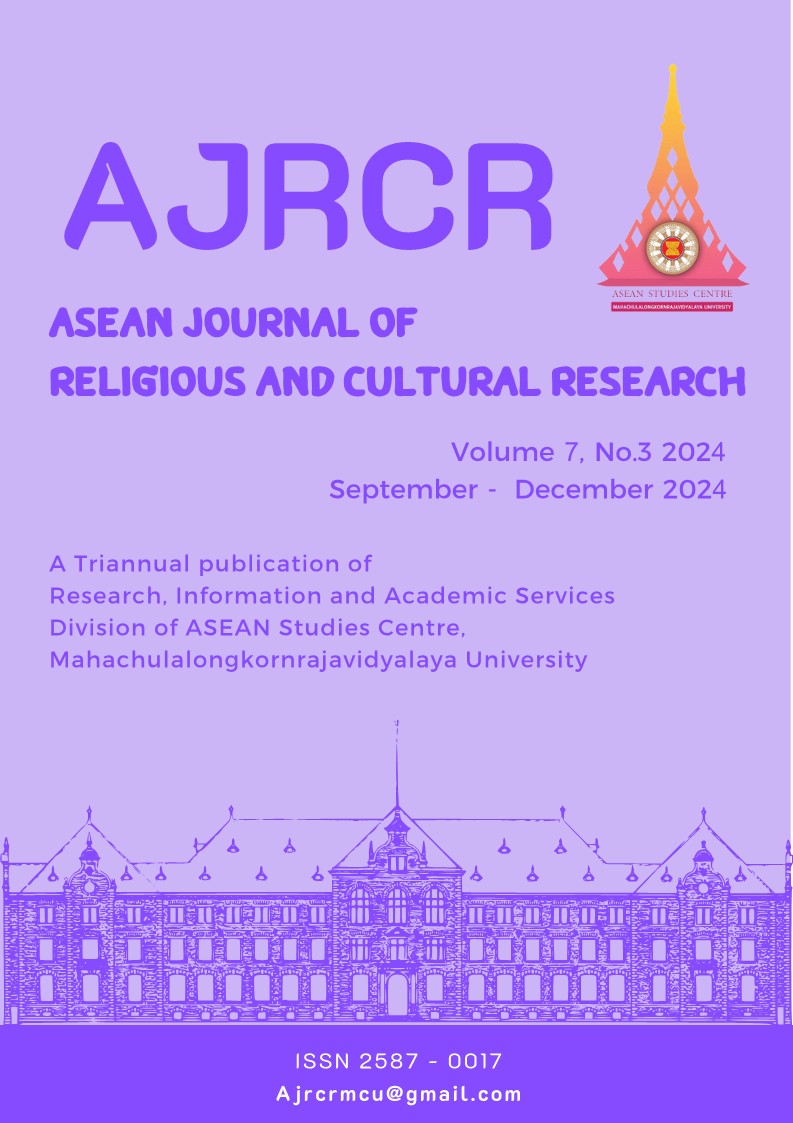The Buddhist Chanting in Strengthening Emotional Intelligence for Executives in the Era of Change
Keywords:
Buddhist Chanting, Emotional Intelligence, Mindfulness, Executive, Era of ChangeAbstract
In an era marked by rapid and uncertain changes, executives face challenges in decision-making and the need for quick adaptation. Therefore, developing Emotional Intelligence (EI) becomes an essential tool that helps executives manage their emotions and communicate effectively in difficult situations. Buddhist chanting and mindfulness practices offer valuable methods for enhancing Emotional Intelligence. The principles embedded in Buddhist rituals help executives develop emotional regulation, self-awareness, and foster better relationships within their organizations. This article aims to examine the role of Buddhist chanting in enhancing EI for executives in an era of change. It reviews the theoretical foundations of emotional intelligence and mindfulness practices in Buddhism. Buddhist chanting helps improve focus, reduce stress, and enhance relationships through chanting and simple mindfulness practices. By cultivating mindfulness through chanting, executives are better equipped to make informed decisions in challenging situations and to adapt more effectively to change. Case study results show that mindfulness training through Buddhist chanting plays a significant role in strengthening EI, particularly in emotional regulation and self-awareness—both of which are key components for effective leadership in today’s ever-changing environment. Additionally, the integration of mindfulness practices within organizations can help develop executives who are better prepared to handle challenges with resilience and long-term effectiveness.


